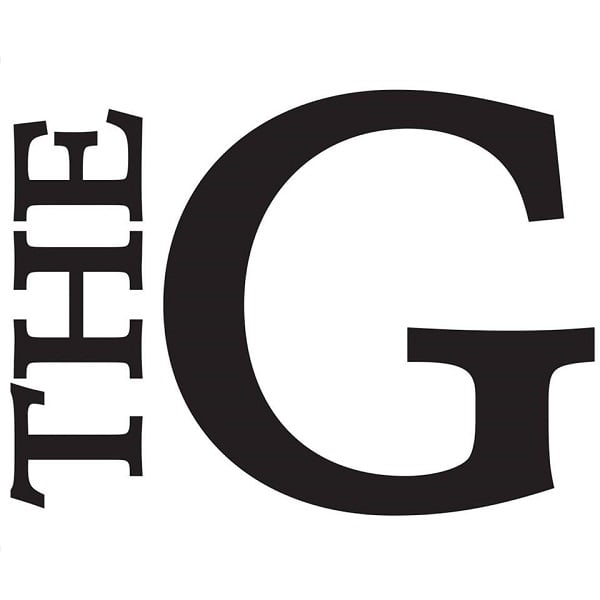Colleges need to change how they spend on athletics, not why.
Decision-making is a challenge for everyone. When a college budgets, it is applying the basic economic principle of opportunity cost to a very, very complex institution. The result? Remarkably difficult decision-making.
When budgeting, colleges face the challenge of finding a balance between their various departments. For most schools, the athletic department is home to a large chunk of the finance pie.
Because of large spending which usually yields negative profits, people are heavily opposed to the huge subsidizing of college sports. Many people are disturbed by how much more money is put into an institution’s athletics than their academic departments.
One common argument against sports funding is that athletes are student-athletes, where being a student comes first. Thus, colleges should place more emphasis on the student’s academics rather than performance on the field.
But the main factor overlooked by those opposed to athletic funding is that collegiate sports do not exist only to make a profit. With powerhouse sports such as football and basketball showing how many resources go into putting on a game, it is easy to lose sight of the fact that college sports are still extracurricular activities offered as a way of enhancing the campus experience for students, staff and the people of the community.
In addition, the investment return from athletics the college receives is not a direct reflection of how much money the athletic department has.
Team size and popularity of the sport act as factors for how each team impacts the amount of money a sport brings in and spends.
“If you have a football team with a 130 players on it, that’s 130 students who are paying for college that were brought into the school,” said Sports Information Director and Assistant Athletic Director Dave Walters.“But if you’re a team like volleyball and don’t have over a hundred players, covering expenses can be more difficult since you aren’t bringing in the same kind of revenue.”
The issue of overspending on athletics is seen more at the Division I level rather than the Division III level. Thus, to see a college our size operating at a loss is expected. In the context of Guilford College’s recent budget deficit, Walters highlighted how his department was forced to make cuts.
“I’ve been the Sports Information Director for 19 years,” said Walters. “(We) get about a quarter of what we got when I first started here.”
But here’s the twist: despite budget cuts already enacted for our athletic department, our total sports revenue exceeds our total expenses. According to the most recent report sent to the U.S. Department of Education, Guilford sports earned over $3 million and had total expenses of around $2.5 million in the 2014-2015 academic year.
Other schools in the Old Dominion Athletic Conference reported only breaking even.
Guilford’s profit from sports can be linked to the success of the teams. With a nationally ranked football team and a women’s basketball team that holds a second-round national tournament appearance, a growth in support would not be shocking.
The presence of strong athletic teams improves the image of an institution. Teams with strong athletic programs draw in more recruits and are more capable of retaining their players. Once graduated, those players will have developed a sense of loyalty to their school and would feel inclined to give back to the institution through donations.
“Success breeds success,” said Walters.
The issue of spending on athletics is complex. There is no easy fix. However, the issue also is not the spending itself but the reasoning behind the spending.
Finding the balance between funding athletics and academic departments is a difficult task. However, it can be managed when the money is used carefully. Each college is unique in how much focus they will put into their athletics, but what every institution can do is truly factor all opportunity costs of financial investments into athletics in order to maintain monetary balance.







